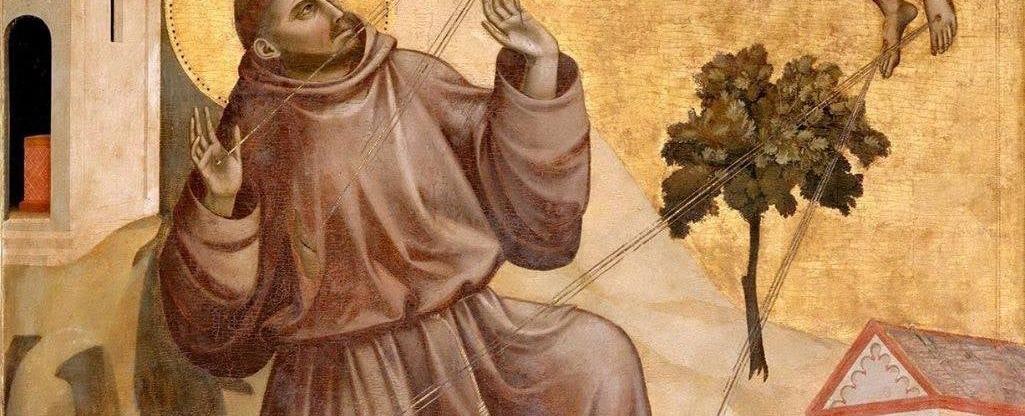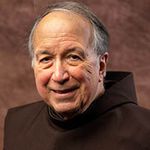Francis of Assisi: His Life, Vision and Companions - Celebrating the Stigmata

Franciscans celebrate the Feast of the Stigmata of St. Francis on September 17 – this year not observed liturgically as the Sunday celebration takes precedence. This year we have been gifted with a very insightful treatment of this event by friar historian Michael F. Cusato in his new study: Francis of Assisi: His Life, Vision and Companions (London: Reaktion Books, 2023).

Cusato reminds us that by 1224 Francis health was rapidly declining, yet in late summer he decided to make an arduous journey from Assisi to a favorite hermitage on Mount La Verna in Tuscany. His purpose was go apart at this critical stage in his own life with a few companions to observe the ‘Lent of St. Michael’ – a forty-day period of prayer and fasting from the Assumption to the feast of the Archangel.
The foundational account of this event is in the first Life of St. Francis by Thomas of Celano, written only two years after Francis’s death, as nuanced by several other early sources. Francis had gone apart from the others, meditating on the Gospel account of the passion, when suddenly Thomas tells us that Francis perceived hovering over him what appeared to a Crucified Man enfolded within the wings of a six-winged Seraph (1 Cel 94). His account here weaves together three Biblical images: John 3:13-17 (the Son of Man being lifted up, giving his life for the salvation of all); Numbers 21: 4-8 (the Old Testament origins of this image of healing); and Isaiah 6:1-2 (the six-winged Seraphim standing before the presence of God}. See the portrayal of this account as given in Bonaventure’s version by Giotto, originally painted for the Franciscan church in Pisa, sometime between 1295 and 1310, removed by Napoleon to the Louvre in Paris.

Cusato continues: “What is the meaning of this complex image presented to us by Thomas? First, most commentators interpret the image as being that of a Seraph angel who then proceeds to imprint the five wounds of Christ’s passion into onto the praying Francis. But this is inexact. The central image is indeed the Crucified Christ presented as lifted up. . . The Seraph, in other words, is not really an angelic figure; rather it is Christ himself, crucified for the healing of the human race. Hence, the central figure is Christ Crucified enfolded within the wings of an angel. . . the very person on whom Francis had been so profoundly meditating. . . . Second, such artistic representations – as moving as they can be - can also be unwittingly misleading. For such as depictions appear to show an angel zapping, as it were, the praying Francis in the same five points of his body, replicating the wounds of Christ Himself on the cross. . . However, my contention is the following: what occurred in this mystical rapture was that Francis had internalized so deeply and profoundly the image of the Crucified Christ on the cross that it literally, physically, exploded out of his psyche and onto his own flesh, marking him with the wounds of Christ, the stigmata. Hence, rather than the mystery being conceived as a movement from outside of Francis and onto him, the movement went, rather, from within him and out onto his own body. So powerful was his prayer and so visceral was his internalizing of the mystery of Christ’s healing grace from the cross for the world that it made its way onto his own body. The stigmatization was, in other words, the paradigm of a psychosomatic experience. . . Francis became what and to whom he was praying.” Michael F. Cusato, pp. 181-182.
Dominic Monti, OFM
Professor of Franciscan Research in the Franciscan Institute of St. Bonaventure University
Dominic V. Monti, OFM, is a Franciscan Friar of Holy Name Province (USA) and currently professor of Franciscan Research in the Franciscan Institute of St. Bonaventure University. He devoted the greater part of his ministry to teaching the History of Christianity, in particular the history of the Franciscan movement. He has contributed two volumes to the Works of St. Bonaventure series and is author of Francis & His Brothers, a popular history of the Friars Minor.

